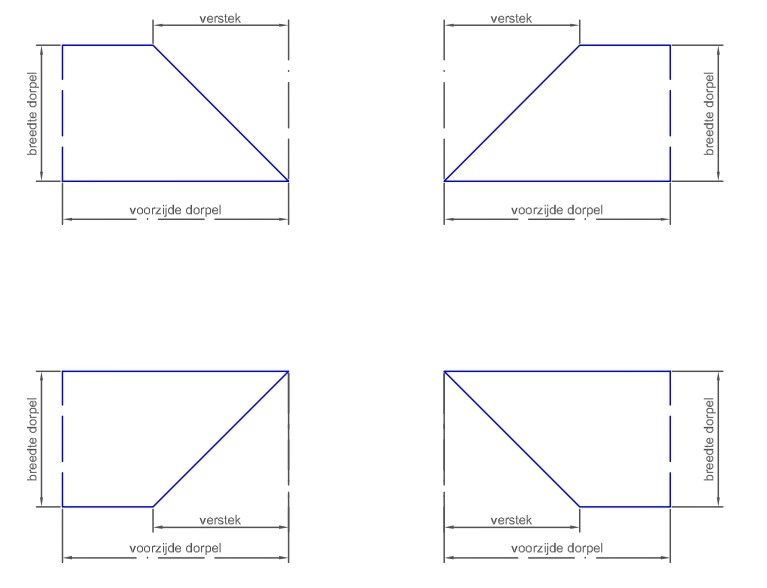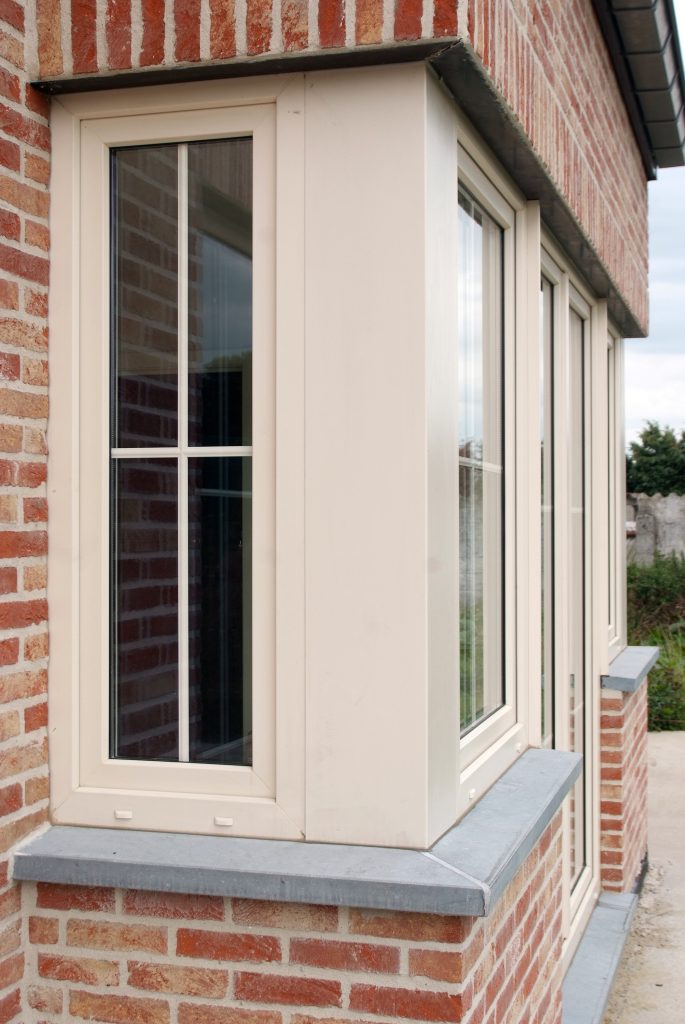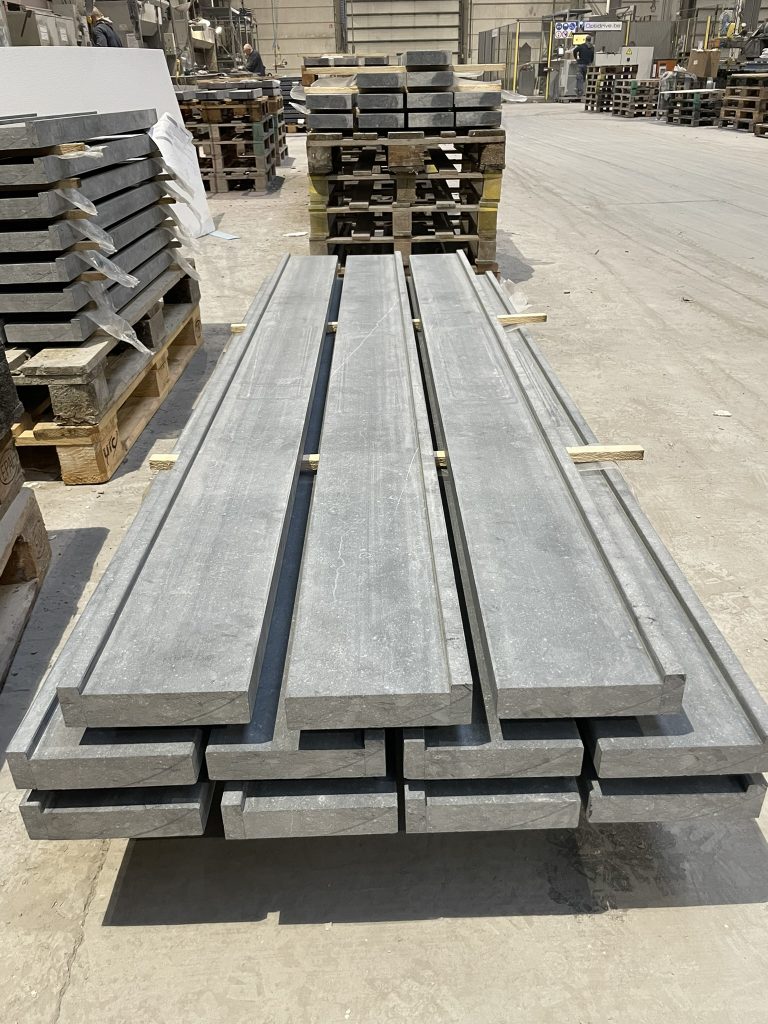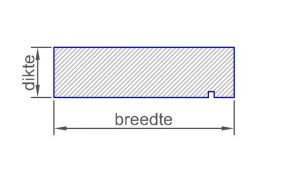What is a window sill ?
A window sill, also known as a window sill, is an important architectural element that protrudes under a window outside the façade. Its primary function is to drain water and dirt, allowing it to drip directly from the window sill onto the ground rather than along the façade. This keeps the facade protected from moisture and dirt, contributing to a neat appearance of both the windows and the facade.
In addition, the window sill plays a role in the sustainability of the home. It contributes to energy efficiency by keeping heat in during the winter and retaining coolness during the summer, which increases the comfort and energy efficiency of the house.

Why a window sill in natural stone ?
A window sill made of natural stone offers several advantages, making it a popular choice:
1. Sustainability: Natural stone is an extremely durable material that resists wear and tear, weathering and the ravages of time. This makes it a long-term investment for your home.
2. Aesthetic Value: Natural stone adds an elegant and chic look to the facade of your home. The material's natural character and unique hues create a timeless beauty that is hard to match with other materials.
3. Maintainability: Natural stone requires little maintenance. It is resistant to moisture and dirt, so it retains its beauty without the need for regular intensive cleaning.
4. Weatherproofing: Natural stone can withstand extreme weather conditions, such as frost, heat and precipitation, without cracking or deforming.
5. Value Increasing: A window sill made of natural stone can increase the value of your home by combining durability and aesthetics.
6. Environmental friendliness: Because natural stone is a natural product, it has a lower impact on the environment compared to synthetic materials.
In short, a natural stone window sill offers a combination of functionality, aesthetics and durability that other materials struggle to match.
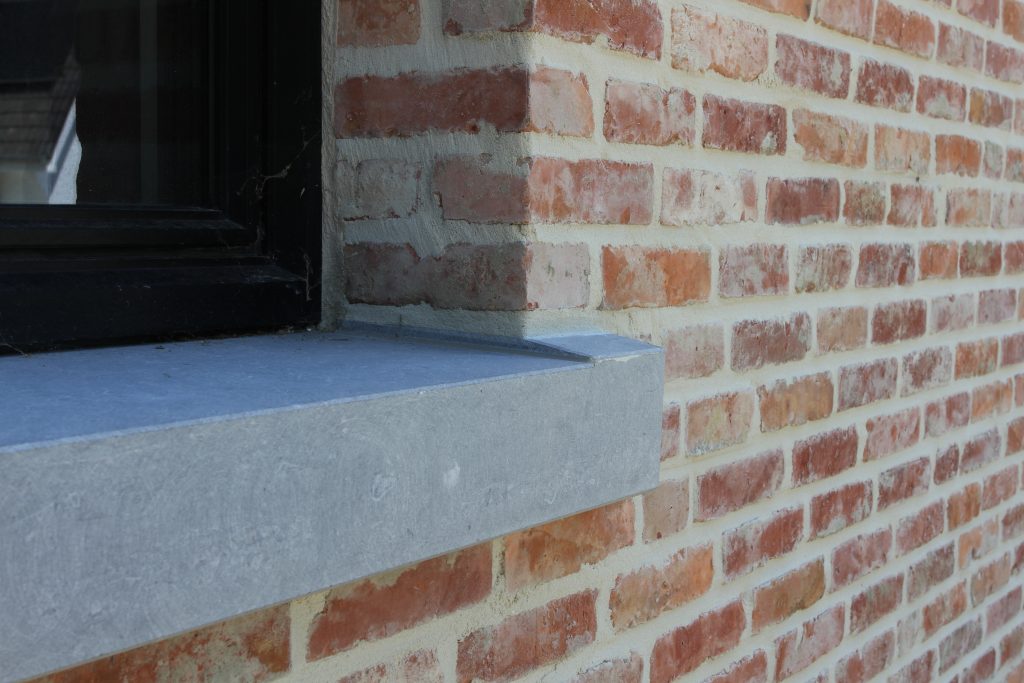
Source : Hobeco Lier - sanded blue
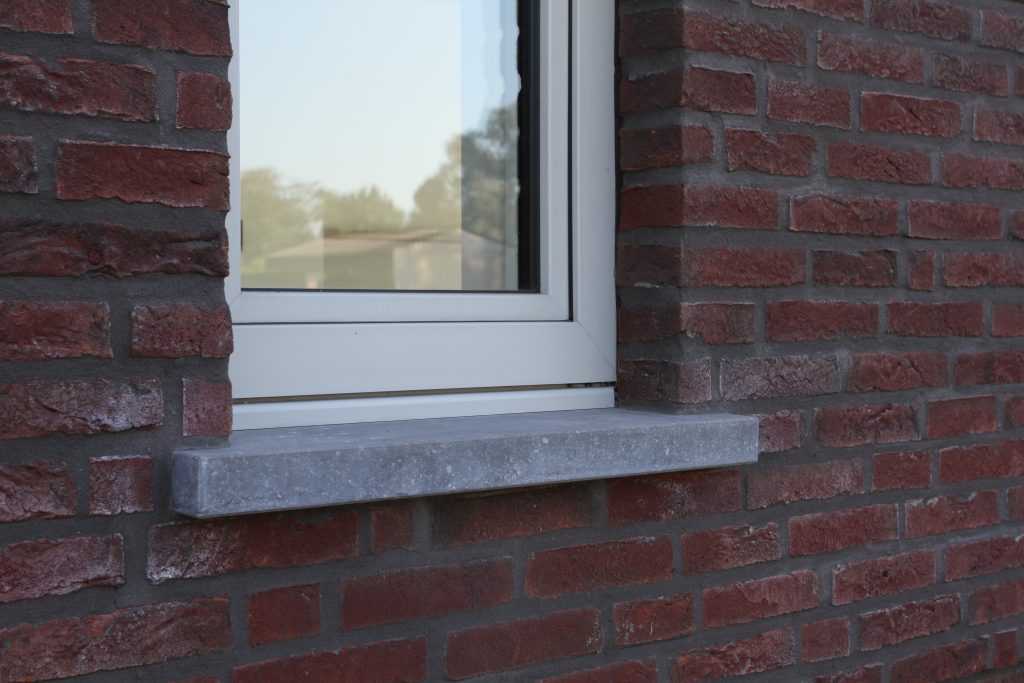
We distinguish 4 types - always with a drip groove :
Flat
Flat with an upside
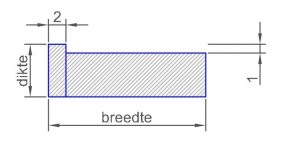
A flat window sill is often chosen for several reasons:
1. Aesthetics: Flat window sills give a clean and modern look to a building. They fit well with minimalist or contemporary architecture.
2. Water drainage: While flat window sills may not initially appear as effective for water drainage as sloped sills, they are designed to drain water well. A subtle slope can further improve water drainage
3. Simplicity in installation: Flat window sills can be easier to install, especially when used in conjunction with other flat surfaces.
4. Uniformity: Some designs strive for uniformity in the facade appearance, with flat window sills contributing to a consistent and clean look.
5. Maintenance: Flat window sills can be easier to maintain, depending on the material. They do not have complex shapes or edges where dirt can accumulate.
It is important that the flat window sill is properly constructed to prevent water problems, such as leaks or moisture problems.
Drainage
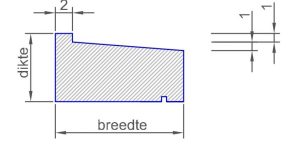
A draining window sill is often chosen for the following reasons:
1. Most effective water removalr: The main reason for choosing a draining window sill is to effectively direct rainwater away from the window and facade. The angled slope directs water away from the window to the outside, reducing the risk of moisture problems, such as leaks or water damage to the facade.
2. Protection of the facade: A well-designed draining window sill helps protect the facade from splashing water. This prevents water from prolonged contact with the facade material, which can lead to long-term damage such as mold or erosion of the masonry.
3. Prevention of dirt accumulation: Drainable window sills allow dirt and dust carried by rainwater to easily wash off the façade. This reduces the chance of dirt accumulation, which can cause aesthetic damage or shorten the life of the facade.
4. Durability of the window: By directing water away, a draining window sill also reduces the likelihood of water entering the window assembly itself, reducing the risk of wood rot or other damage to the window frame.
5. Better insulation: By keeping moisture out of the facade and window, a draining window sill also helps maintain the building's insulation value. In fact, damp walls lose heat faster, at the expense of a building's energy efficiency.
In short, a draining window sill is an important structural solution to extend the life of windows and facades and reduce the risk of moisture problems.
Draining with cushions
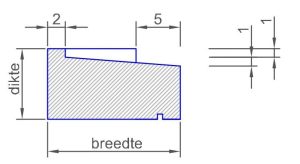
A draining window sill with "cushions" (also called "neuts" or "curbs") is often used to provide a number of important functional and aesthetic benefits:
1. Reinforced corners: The cushions provide additional reinforcement and protection for the corners of the window sill. These corners are often more vulnerable to damage, such as from impact or wear and tear. The cushions help protect these sensitive parts of the sill.
2. Improved water drainage: Cushions can help optimize water drainage. They ensure that water running off the sill does not flow directly along the façade, but is drained at a safe distance. This reduces the likelihood of moisture problems in the wall or facade.
3. Aesthetics: Window sills with cushions are often used to give a more finished and stylish look to a building. The cushions can contribute to the symmetry and balance of the facade design, especially in traditional or classic architectural styles.
4. Prevention of dirt accumulation: The cushions also help prevent dirt from accumulating at the ends of the window sill. This adds to the ease of maintenance and keeps the sill and facade looking clean and neat for longer.
5. Compatibility with other building components: Cushions make it easier to match the window sill to other facade components, such as baseboards or window sills. They provide a neat transition and prevent openings where water or dirt can accumulate.
All in all, cushioned window sills combine functional benefits with aesthetic sophistication, making them a popular choice in both traditional and modern building designs.
Our window sills are made with a drip groove of 0.6 x 0.6cm, 2cm from front, stops 2cm from machined heads.
In order to integrate our sills even better into the facade, there is also an option to have a sill with upstand cushions apply, partially or full width :
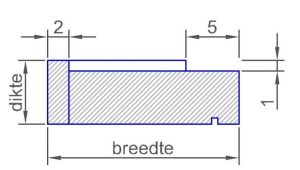
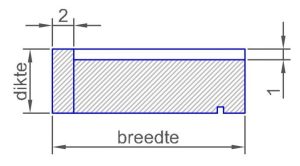
We also give the opportunity to obtain a mitered threshold , inside or outside
